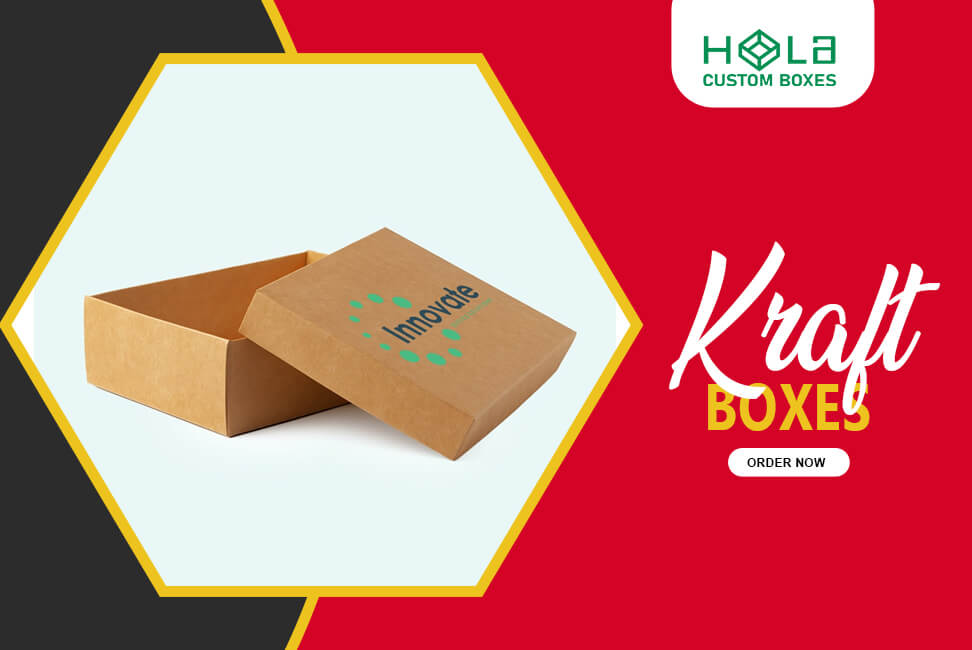The Path To A Greener Future: Exploring The Importance Of Sustainable Packaging And Overcoming Challenges
2026-01-02 20:23:38
You'll find that sustainable packaging isn't just a trend—it's becoming a business imperative. As you navigate today's environmentally conscious marketplace, you face mounting pressure to reduce plastic waste and carbon emissions while meeting consumer demands. While the challenges of cost and implementation may seem intimidating, innovative solutions are emerging that can transform your packaging strategy. Let's explore overcoming these obstacles and positioning your business for a greener future.
Main Points
Sustainable packaging reduces global plastic waste, which has doubled since 2000 to 353 million tonnes globally.
Companies can offset the higher eco-friendly packaging costs through reduced material usage and optimized logistics.
Emerging technologies like biodegradable materials and innovative packaging with QR codes enable better recycling decisions.
Major corporations like Unilever and Coca-Cola are setting ambitious targets for recyclable packaging by 2025-2030.
Consumer demand drives change, with 75% of millennials and 37% of all consumers prioritizing sustainability in purchases.
Understanding the Environmental Impact of Traditional Packaging
While most consumers rarely consider what happens to packaging after they discard it, traditional packaging materials have created an environmental crisis of global proportions.
Packaging alone accounts for 40% of plastic waste, with global plastic waste more than doubled since 2000 to 353 million tonnes.
The numbers paint a troubling picture: only 9% of plastic gets recycled, while packaging production generates 3.4% of global greenhouse emissions.
You're part of a growing awareness, though. Seventy-five percent of millennials now prioritize sustainability in their purchasing decisions, signaling a critical shift in consumer consciousness toward more environmentally responsible packaging solutions. Eco-friendly packaging options, such as custom kraft boxes, are becoming increasingly popular as brands seek to align with these sustainable values.
Key Benefits of Sustainable Packaging Solutions
As businesses and consumers increasingly embrace environmental responsibility, sustainable packaging solutions offer compelling benefits beyond waste reduction.
These solutions deliver tangible advantages across environmental, economic, and social dimensions.
Decrease your carbon footprint through reduced energy consumption in production and transport.
Join the 37% of conscious consumers prioritizing sustainability in their purchasing decisions.
Boost your brand's reputation and increase sales potential by up to 31% in the FMCG sector.
Support the circular economy by facilitating efficient recycling and composting processes.
Consider using custom Kraft boxes made from recycled materials and provide a biodegradable option for eco-friendly packaging.
These benefits demonstrate how sustainable packaging can transform your business while protecting our planet's future.
Breaking Down Cost Barriers and Economic Considerations
.jpg)
Many businesses hesitate to adopt sustainable packaging due to the higher initial investment costs.
While biodegradable options can cost 30-50% more than traditional plastic, the long-term benefits outweigh these upfront expenses.
Investing in eco-friendly packaging may cost more initially, but the sustainable returns make it a smart business decision.
You can offset costs through reduced material usage, optimized logistics, and tax incentives.
With 30% of consumers willing to pay premium prices for sustainable products, you will likely see increased sales and customer loyalty.
You'll also save on waste disposal fees and environmental compliance costs.
Plus, you'll gain a competitive edge, as 75% of millennials consider sustainability when making purchasing decisions. Additionally, utilizing biodegradable materials in packaging reflects a commitment to environmental responsibility.
Innovative Materials and Technologies Shaping the Industry
Revolutionary advances in sustainable packaging materials and technologies transform how you'll protect and deliver products to consumers.
From biodegradable plant-based plastics to edible packaging solutions, industries are dramatically shifting their approach to environmental responsibility.
Innovative packaging with QR codes empowers you to make informed recycling decisions
3D printing technology lets you produce packaging on demand, slashing waste
Edible packaging eliminates waste by becoming part of your product
Circular economy designs guarantee your packaging serves multiple life cycles
These innovations aren't just reshaping the industry - they're creating a sustainable future where waste reduction and environmental protection drive packaging decisions. Additionally, using eco-friendly packaging boxes ensures that businesses reduce their carbon footprint while maintaining product integrity.
Global Brands Leading the Sustainability Charge
Major corporations around the world are proving that eco-friendly packaging is more than a trend—it's a powerful strategy for long-term success. Brands like Unilever and Nestlé have set bold 2025 goals to make all packaging recyclable or reusable, showing their dedication to reducing environmental impact. Coca-Cola has taken an equally ambitious step, pledging to collect and recycle every bottle it sells by 2030. These efforts are more than ecological gestures—they demonstrate serious investment in sustainable innovation and accountability.
Eco-Innovation Driving Consumer Trust

Other global leaders like IKEA and Patagonia are also raising the bar for sustainability. IKEA has pledged to use only renewable or recycled materials by 2030, while Patagonia’s Worn Wear program encourages a circular economy through reuse and repair. These initiatives not only reduce waste but also foster deeper connections with eco-conscious consumers. As these success stories show, adopting sustainable packaging practices can drive brand loyalty, meet evolving customer expectations, and deliver measurable business benefits.
Strategies for Implementing Sustainable Packaging Practices
To successfully transition toward sustainable packaging, businesses must develop an all-encompassing implementation strategy that addresses environmental impact and operational efficiency.
A strategic transition to sustainable packaging requires balancing eco-consciousness with operational excellence to achieve meaningful change.
You must conduct thorough life cycle assessments and partner with suppliers who share your sustainability goals.
Build a circular economy mindset by designing packaging that's recyclable or compostable.
Optimize your designs to reduce waste while maintaining product protection
Collaborate with industry experts to discover innovative materials and solutions
Launch consumer education campaigns to increase awareness and drive demand
Conclusion
Your shift to sustainable packaging isn't just an environmental choice—it's a strategic business imperative. By implementing eco-friendly solutions, you'll reduce your carbon footprint while meeting growing consumer demands. Though initial costs may seem intimidating, the long-term benefits of reduced waste fees, enhanced brand reputation, and market competitiveness make this adjustment essential. Start small, scale smartly, and contribute to a cleaner, more sustainable future.
